Our Services

FOOD PRESERVATIVES
Food preservatives are substances added to food to prolong its shelf life by inhibiting spoilage, bacteria, and mold growth. They help maintain product quality, safety, and taste. Common preservatives include salt, sugar, acids, and synthetic chemicals like sodium benzoate. While they are essential for food preservation, excessive use may raise health concerns.

WOOD
Wood is a natural, versatile material derived from the trunks and branches of trees. It is prized for its strength, durability, and wide-ranging applications. Used in construction, furniture, paper production, and more, wood's diverse characteristics make it a fundamental resource for human civilization, offering both beauty and utility.
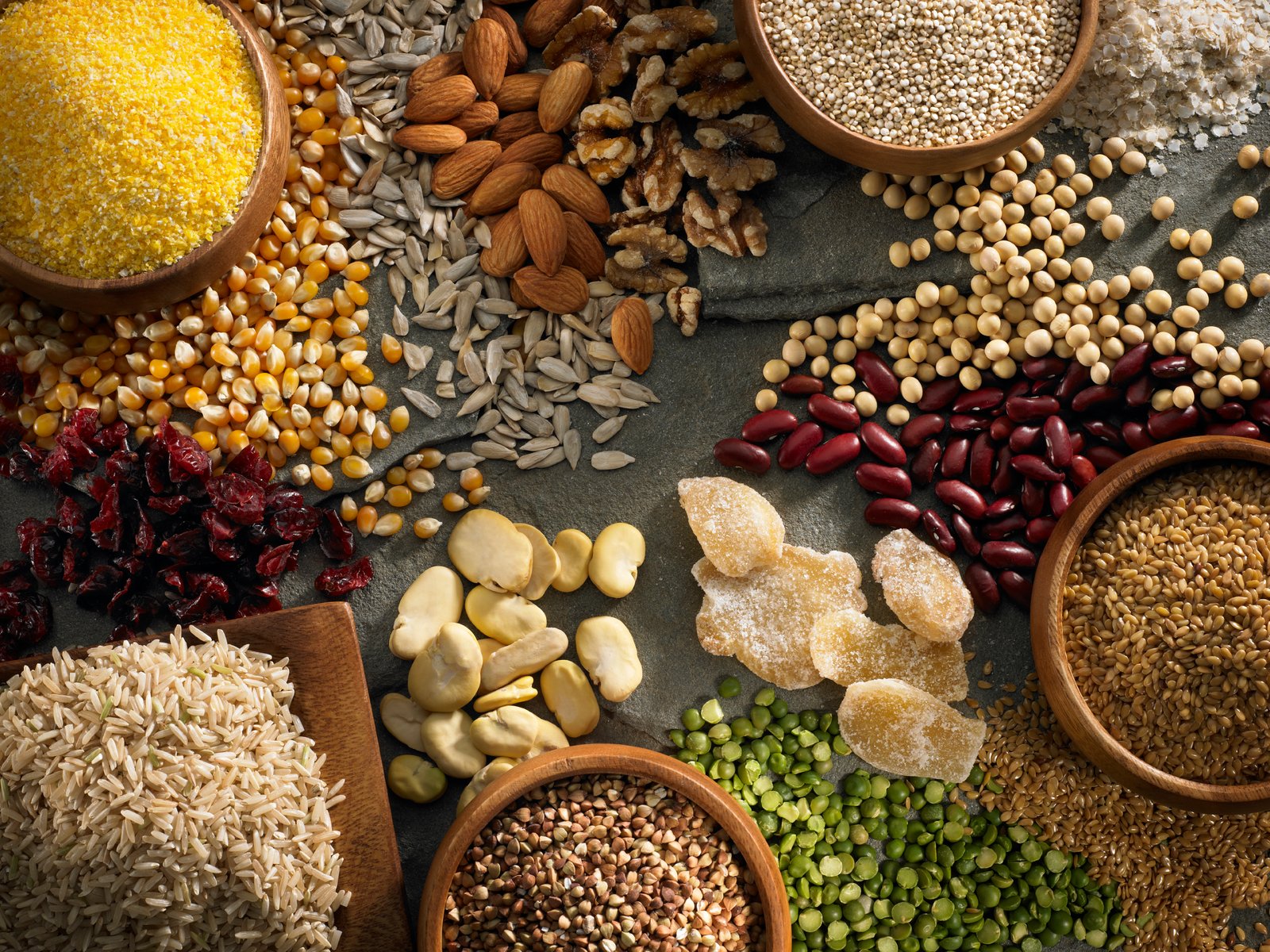
FOOD GRAINS & PULSES
Food grains, like wheat, rice, and corn, are staple crops providing essential carbohydrates. Pulses, including lentils and beans, are protein-rich legumes. Both play a vital role in global diets, offering nutrition, sustenance, and versatility in various culinary traditions, contributing to food security and balanced diets.

SPICES
Spices are aromatic plant products, such as cinnamon, cumin, and paprika, used to flavor and season food. They enhance taste, aroma, and color in various cuisines worldwide. Spices have been essential in culinary history, medicine, and trade, adding diversity and depth to dishes, and are valued for their unique flavors.
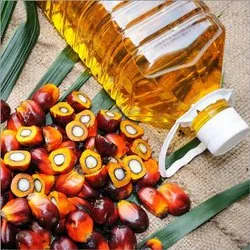
PALMOLEIN OIL
Palm oil is a versatile vegetable oil extracted from the fruit of oil palm trees. It is a significant ingredient in various food products and cosmetics due to its high stability and versatility. While valued for its low cost and functionality, its production has raised environmental and sustainability concerns, mainly related to deforestation and habitat destruction. Efforts are ongoing to promote sustainable palm oil practices.
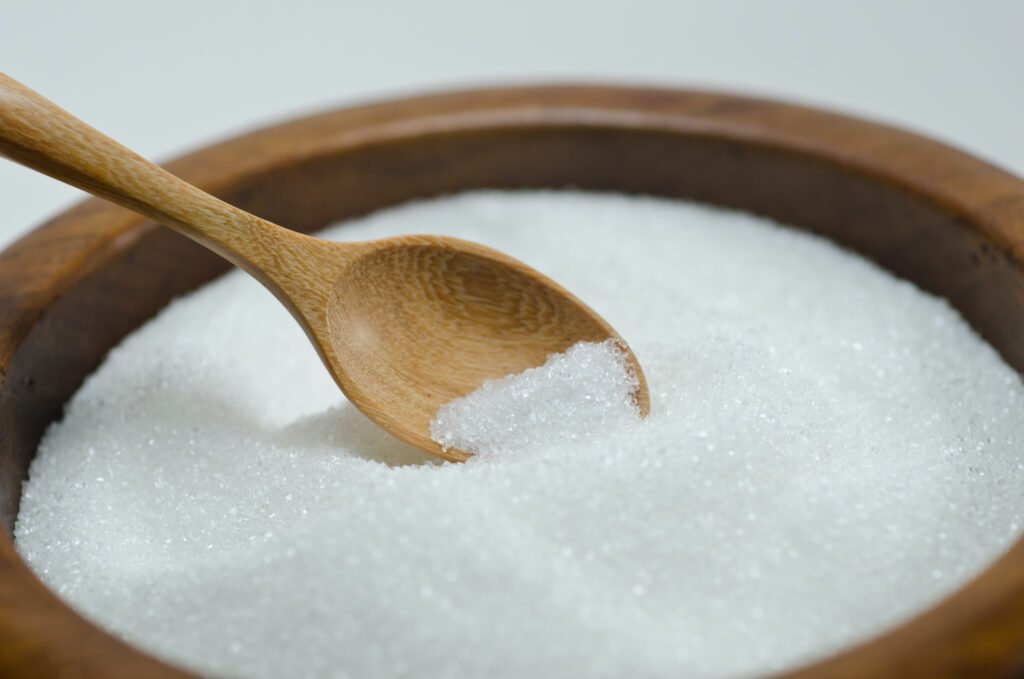
SUGAR
Sugar is a natural carbohydrate, primarily derived from sugarcane and sugar beet. It is a sweet-tasting substance widely used in the food industry as a sweetener and preservative. While it enhances flavor and texture, excessive consumption of sugar is associated with health issues such as obesity and diabetes, prompting the need for moderation.

SALT
Salt, a fundamental mineral, transcends its humble granular form to play a pivotal role in culinary alchemy. Beyond flavor enhancement, salt acts as a preservative, catalyst for chemical reactions, and essential electrolyte in human physiology. Its historical significance is profound, symbolizing both wealth and necessity. In moderation, salt weaves a nuanced tapestry of taste and tradition.
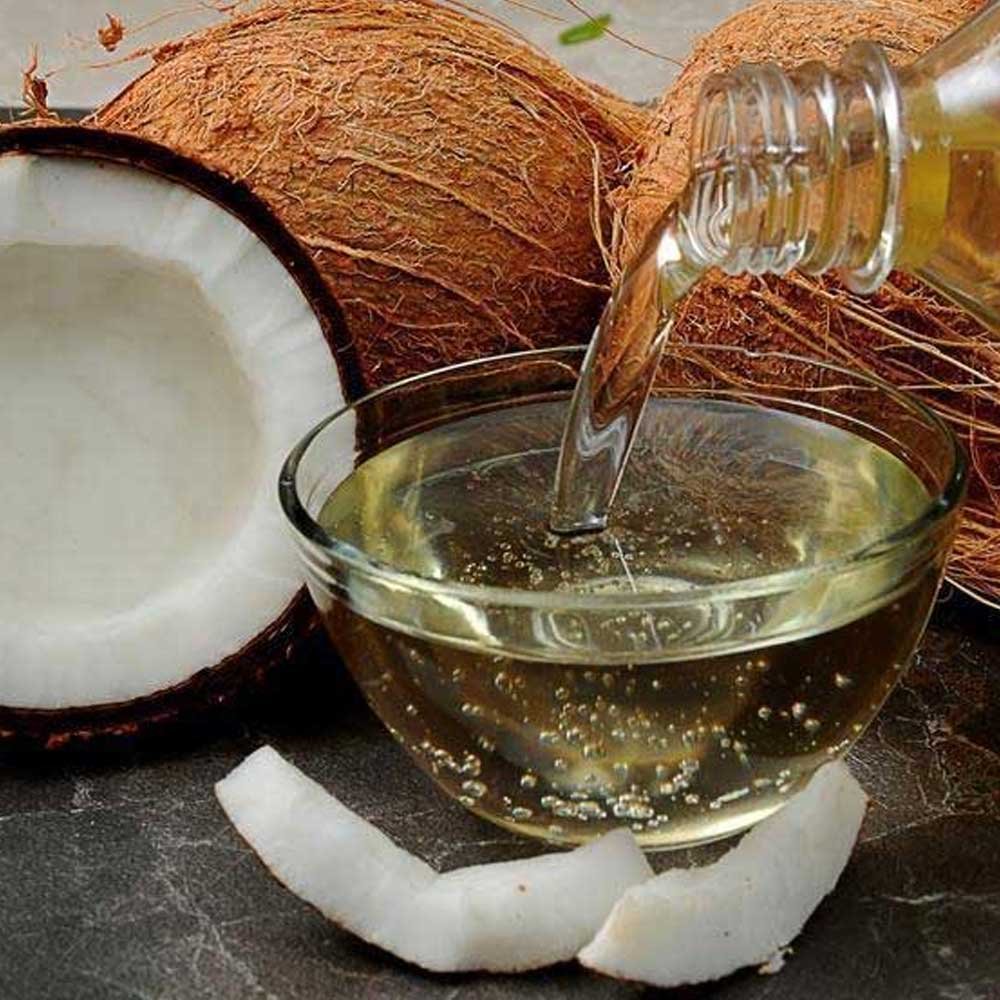
COCONUT OIL
Coconut oil is a versatile, edible oil extracted from the kernel or meat of mature coconuts. Known for its distinct aroma and flavor, it's used in cooking, baking, and cosmetics. Coconut oil contains healthy fats and is believed to have various health benefits, including supporting skin and hair care, though research is ongoing.
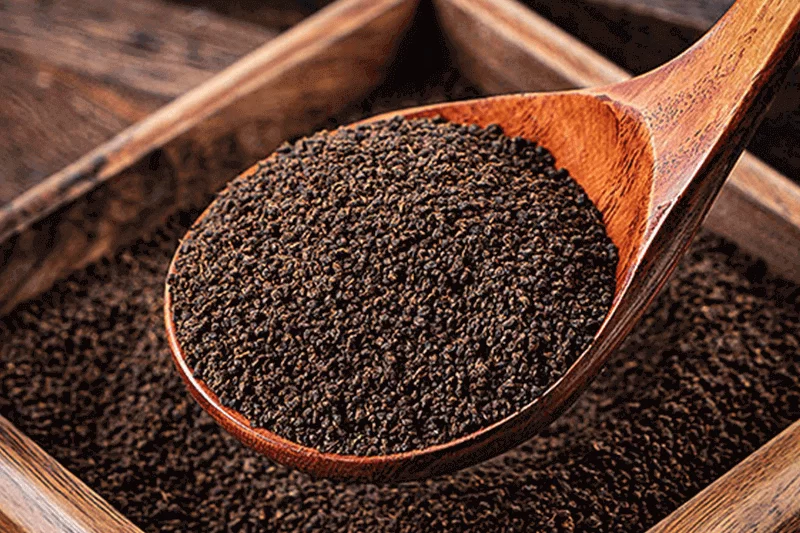
TEA
Tea, a globally cherished beverage, transcends cultural boundaries with its diverse flavors and rich history. Originating in ancient China, it has evolved into countless varieties, from delicate green teas to robust black blends. Beyond its aromatic allure, tea boasts health benefits, fostering relaxation and connection in the simple act of sipping.
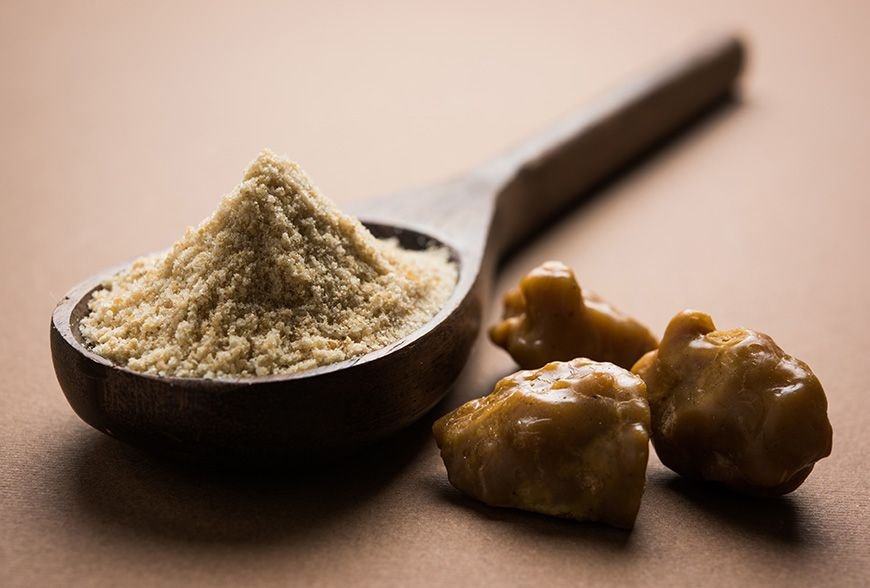
ASAFOETIDA HING
Asafoetida, commonly known as hing, is a pungent and aromatic resin obtained from the taproot of the Ferula plant. It's widely used in Indian and Middle Eastern cuisine as a seasoning and digestive aid. Asafoetida adds a unique flavor to dishes and is particularly valued in vegetarian cooking. It is also believed to have medicinal properties, aiding in digestion and reducing flatulence.

ALL FLOUR
Flour is a powdery, ground substance produced by milling grains, legumes, or nuts. It serves as a fundamental ingredient in various culinary applications. Common types include wheat flour, used for baking bread and pastries; rice flour, often used in Asian cuisine; and chickpea flour, a staple in Indian cooking. Flour provides the structure, texture, and thickness in a wide range of recipes, making it an essential component in the culinary world.
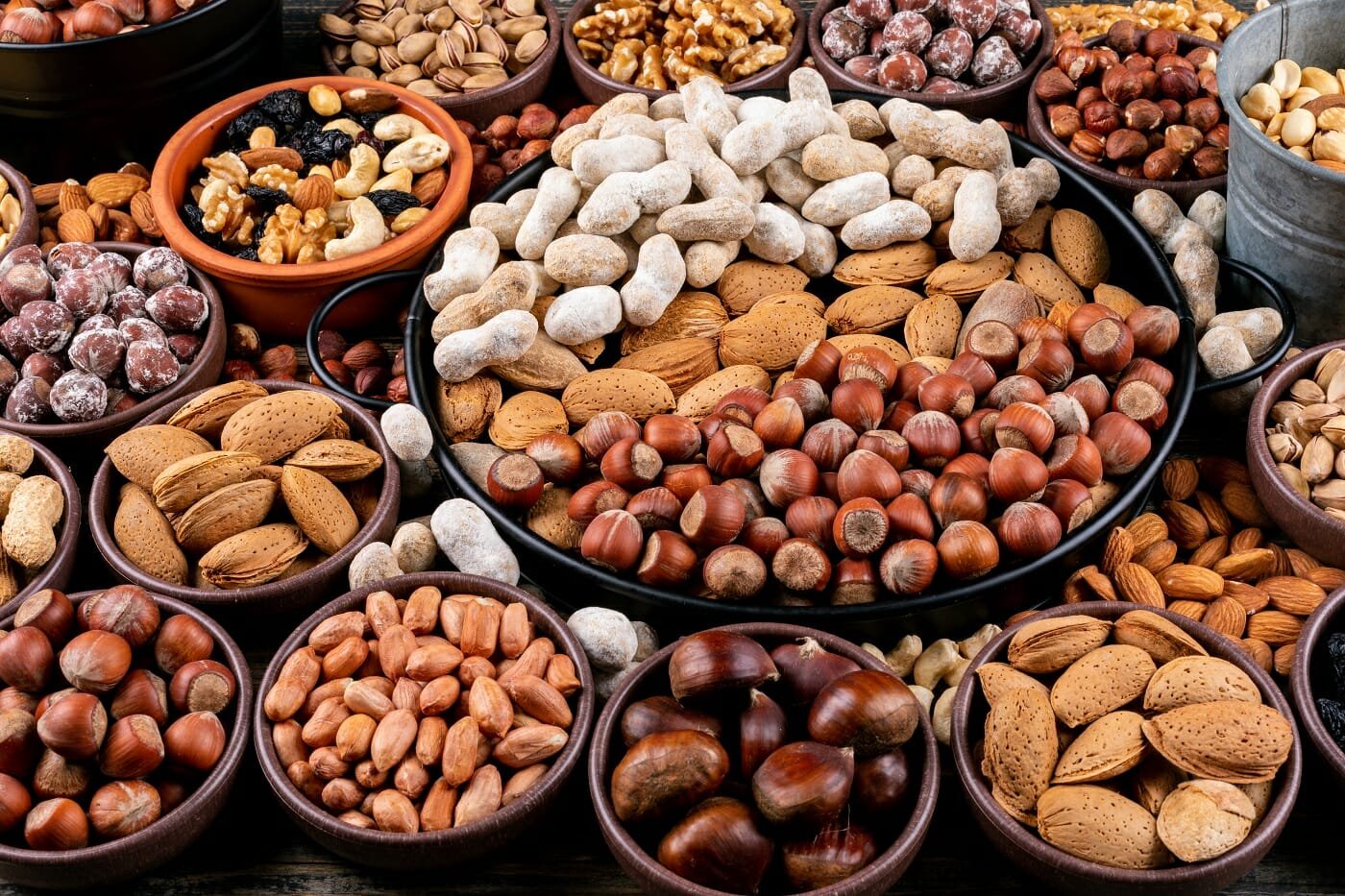
DRY FRUITS
Dry fruits are fruits with reduced moisture content, achieved by drying methods like sun-drying or dehydration. Examples include raisins, almonds, and apricots. They offer concentrated nutrients, such as vitamins, fiber, and antioxidants. Widely used in snacking and cooking, dry fruits add texture, flavor, and health benefits to a variety of dishes.
